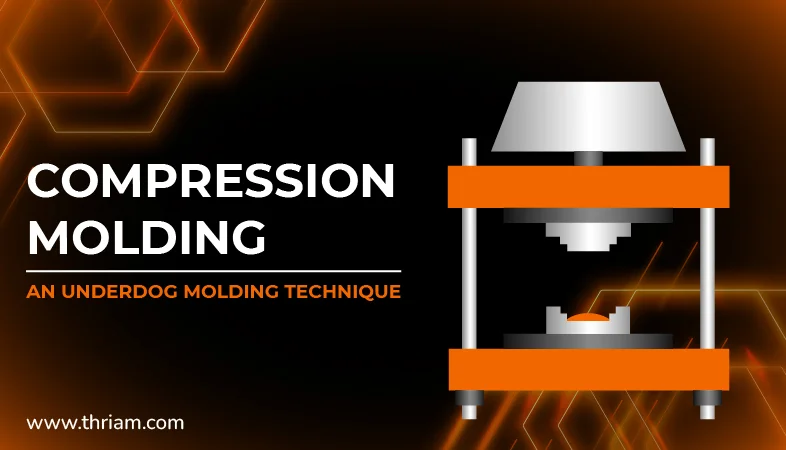The Agile Advantage: Reimagining Procurement in Mechanical Engineering

Procurement is an essential function in any organization, and it takes center stage in the mechanical engineering industry. Procurement plays a crucial role in ensuring that engineering projects are successful, as it is involved in sourcing for the right resources and negotiating the right contracts with suppliers and vendors. Over the years, procurement practices have evolved from traditional procurement to agile procurement.
This blog explores agile procurement practices in the mechanical engineering industry. We will take a look at what agile procurement is, how it can be applied to procurement processes in the mechanical engineering field, and the benefits of agile procurement over traditional procurement. Additionally, we will discuss some of the challenges organizations may face when implementing agile procurement in the mechanical engineering industry and strategies for overcoming those challenges.
What is agile procurement?

Agile procurement is a procurement approach that emphasizes flexibility, adaptability, and collaboration with suppliers and vendors. It is a procurement model that borrows from agile project management principles and lean methodologies. Unlike traditional procurement, which is process-driven and linear, agile procurement is highly iterative and relies on collaboration among all stakeholders.
Compared to traditional procurement, agile procurement is different in several ways. First, the traditional procurement process could take months or years to complete, and the end product could be outdated by the time it's delivered. In contrast, agile procurement delivers value to the project continuously through sprints or iterations, resulting in a faster time to market.
The second difference is that agile procurement involves the active involvement of all stakeholders in the procurement process, including suppliers and end-users. In traditional procurement, procurement managers act as intermediaries between suppliers on one hand, and the project teams or users on the other. Agile procurement, on the other hand, adopts a collaborative approach, where all stakeholders work together to develop solutions, negotiate contracts, and resolve issues.
Lastly, agile procurement is a more scalable process than traditional procurement. It is designed to respond quickly to changes, and as a result, can accommodate large and complex engineering projects.
Applying agile procurement in the mechanical engineering industry
Agile procurement has practical applications in the mechanical engineering industry. The industry is dynamic, and projects and requirements are continually changing. The traditional procurement process could be slow, cumbersome, and often result in poorly negotiated contracts and lower cost savings. Adopting agile procurement in the mechanical engineering industry can lead to significant improvements in project outcomes, such as cost savings and faster delivery time.
Agile procurement can be applied in several areas of the procurement process. One area is supplier selection. In the traditional procurement process, procurement officers review bids from suppliers, their proposals, and make a decision based on the lowest cost. In the agile procurement process, procurement officers work collaboratively with suppliers to select the most suitable supplier. This approach involves involving suppliers early in the process, and using their input in decision-making processes.
Additionally, agile procurement can be applied to contract negotiation. In traditional procurement processes, contract negotiations can be tedious, with little emphasis on collaboration and flexibility. Agile procurement emphasizes the collaborative development of a contract that reflects the needs of all stakeholders in the project. This approach involves the development of flexible contracts that can accommodate changes in project scope.
Benefits of agile procurement over traditional procurement
Agile procurement has several advantages over traditional procurement. One significant benefit is that it allows procurement officers to respond to changes quickly. In the mechanical engineering industry, changes in scope, project timelines, and resource needs are common. Agile procurement can accommodate those changes, ensuring that the project stays on track.
Another benefit of adopting agile procurement in the mechanical engineering industry is that it leads to better supplier relationships. The collaborative approach in agile procurement builds trust and long-lasting relationships with suppliers, resulting in more favorable contract terms and conditions.
Agile procurement also leads to cost savings, as the collaborative approach allows suppliers to identify areas where they can reduce costs without compromising quality. Additionally, agile procurement ensures that costly mistakes do not occur, as procurement officers and suppliers work closely together to manage project risks.
Overcoming Challenges in agile procurement implementation
The implementation of agile procurement in the mechanical engineering industry comes with its challenges. One significant challenge is the need for skilled personnel to manage the process. Organizations that want to implement agile procurement should invest in the training and development of procurement officers who have the skills to manage an agile procurement process successfully.
Another challenge is the need for a cultural shift. Traditional procurement approaches are often ingrained in an organization's culture, and the shift to agile procurement requires a change in mindset for all stakeholders, including suppliers and end-users. It is essential to have a clear plan for communicating and managing the transition to an agile procurement process.
Lastly, there could be resistance to change, as stakeholders accustomed to traditional procurement approaches may be reluctant to embrace a new process. It is essential to manage change effectively, through communication and collaboration, to ensure that all stakeholders are on board with the new approach.
Conclusion
The mechanical engineering industry is dynamic, and projects are continually changing, necessitating procurement processes that are flexible, adaptive, and collaborative. Adopting agile procurement in the mechanical engineering industry can lead to significant improvements in project outcomes, such as cost savings and faster delivery time.
Agile procurement is different from traditional procurement in several ways. It emphasizes collaboration among stakeholders, rapid prototyping, rapid testing of ideas, and accelerated delivery of the final product. Agile procurement offers benefits such as cost savings, better supplier relationships, and improved project outcomes.
While the transition to agile procurement can be challenging, it is essential to have a clear plan for communicating and managing the transition to an agile procurement process. The benefits of adopting agile procurement in the mechanical engineering industry are worth the investment in personnel and cultural change. Organizations that successfully implement agile procurement can gain a competitive advantage in the marketplace, resulting in better project outcomes and improved customer satisfaction.



